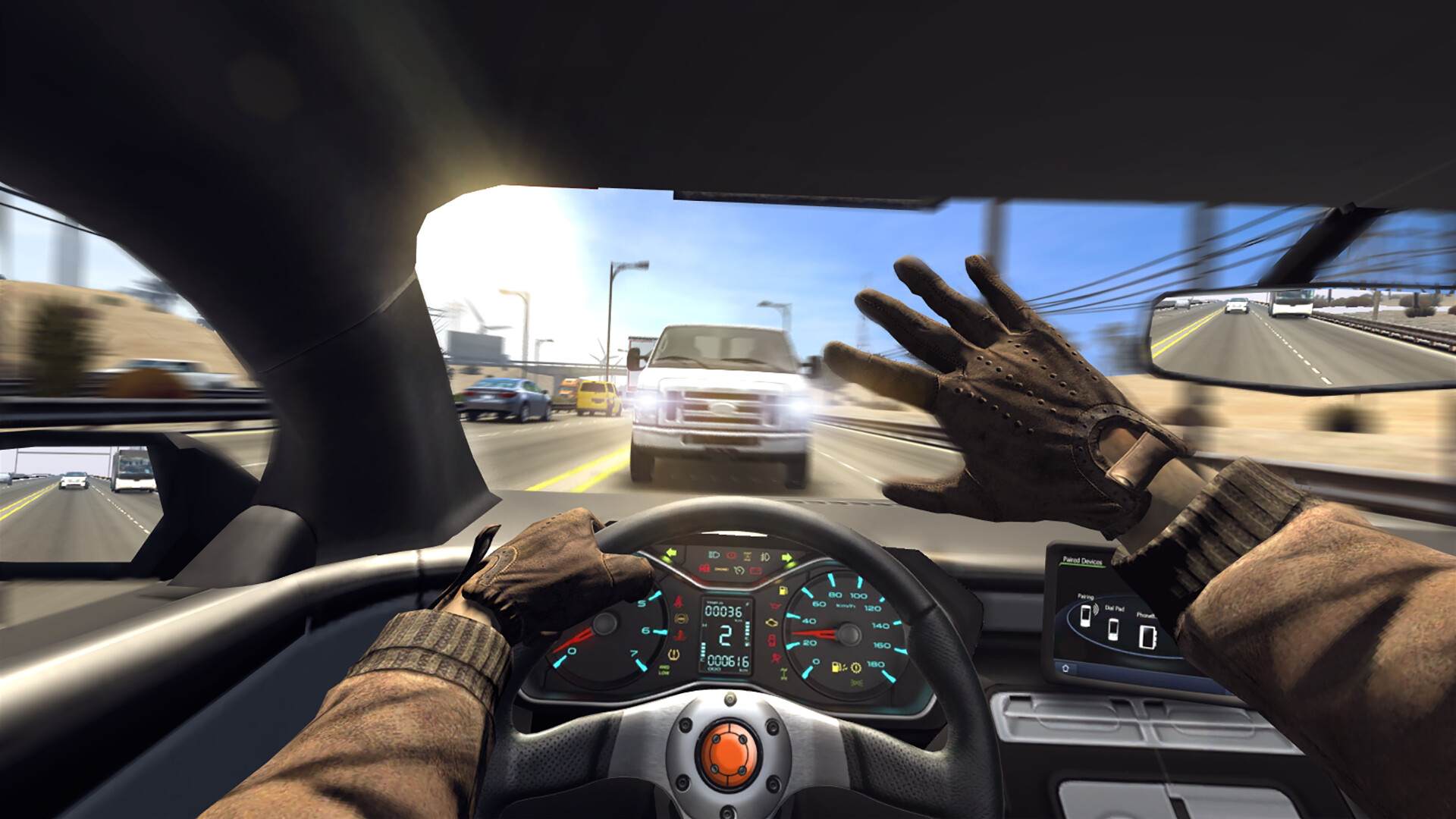Popular Now
Introduction
“Traffic Tour” is a mobile racing game that has captured players’ attention with its accessible gameplay, extensive car roster, and customizable racing tracks. However, one specific technical issue often plaguing experienced players is the engine performance bottleneck—a subtle, yet impactful constraint on how quickly a car can accelerate or regain speed after maneuvers. In this article, we’ll explore how this engine bottleneck manifests, why it matters strategically, and how players can navigate or mitigate its effects to optimize race performance.
1. The Genesis of the Bottleneck: Why It Exists 
Car engines in “Traffic Tour” are modeled using performance curves that simulate real-world physics within mobile hardware limits. These curves capture aspects like peak RPM, torque bands, and turbo lag. However, for performance and balancing reasons, the highest tiers of cars have artificially capped acceleration growth—this is what we refer to as the engine performance bottleneck.
Engine bottlenecks ensure that even top-tier vehicles aren’t unreasonably dominant; instead, they require player skill and efficient boost management. Understanding these limits is vital for players who wish to master each car's potential.
2. Identifying the Bottleneck in Real-Time
RPM Plateau Indicators
One telltale sign is when the RPM gauge hits a plateau in the high range, even after prolonged full throttle. This stagnation hints that the engine has reached its programmed peak and cannot extract more speed from the vehicle’s stats.
Feeling the Delay Between Shifts
Another symptom is a slight deceleration between gears, especially at top speed. During this phase, acceleration becomes minimal or nearly zero as the transmission transitions. Though visually subtle, on timed gameplay or competitive races, this fraction can be the difference between winning and finishing behind rivals.
3. Quantifying the Bottleneck: Performance Curves and Telemetry
Through community telemetry tools, players have plotted real-time acceleration vs. speed, revealing visible flattening in the 270–310 km/h range for top-tier cars. These curves match simulations of engine power peaking then tapering off, causing measurable slowdown in acceleration.
Understanding these metrics helps players anticipate when to activate boosts: ideally just before or during the plateau to compensate and maintain competitive pace.
4. Strategic Implications on Race Starts
Launch Timing vs. RPM Thresholds
Top players often delay full-throttle launches by 0.1–0.2 seconds after the countdown. This slight pause prevents overshooting the engine's optimal RPM range during takeoff, ensuring maximum launch potential.
Drag Race Dynamics
In drag races, losing time to the bottleneck means losing ground fast. Shifting just before the RPM plateau helps delay prematurely hitting the limit, improving distance over the short straight.
5. Overtaking and Mid-Race Management
When positioned behind another racer, attempting overtakes in the plateau zone proves risky. Instead, professionals suggest pulling back slightly to re-enter the lower RPM zone where power reserves recharge faster, then initiate overtaking maneuvers.
Tips include:
-
Ease off throttle by 5–10%
-
Let RPM drop 300–500 RPM below peak
-
Reapply full throttle for stronger burst out
6. Boost Management: Timing and Duration
Short vs. Long Boosts
Short boosts (1–2 second use) are generally more efficient when applied at the top of the RPM range—just as the engine hits the bottleneck. Timing is critical: engage as soon as you hit 95% of peak RPM.
Extended Boosts: Risk of Overheating
Extended boosts used during plateau phases can appear productive, but they risk overheating and power fade effects. To counteract this, modulate boost usage over 2–3 seconds with brief 0.1-second throttle release bursts.
7. Gear Ratios and Tuning for Bottleneck Optimization
“Traffic Tour” allows transmission tuning in advanced vehicles. By adjusting gear spacing, players can shift peak torque zones to avoid premature engine plateau. This includes:
-
Shortening top gear to bring peak RPM earlier in the shift sequence
-
Widening mid-range gears to sustain power during corner exits
-
Testing each adjustment on telemetry tools in practice track mode
8. Track-Specific Considerations
Long Straightaways
On long straights, the bottleneck becomes glaring: without an efficient boost-gear combo, you're capping your top-end speed. Use an early short boost as you crest 90% RPM to dodge the plateau’s drag.
Technical Circuits
On twisty tracks, the engine bottleneck is less of an issue than turbo lag. However, hit the apex with RPMs under plateau levels (85–90%) to ensure strong mid-corner acceleration out.
9. Psychological Effects and Player Behaviour
After repeated frustration from perceived lack of power, some players apply stomped gas at every opportunity. This leads to a psychological pattern: the “wall hammer,” where output stalls at the bottleneck.
Seasoned racers calm this urge, instead mastering throttle modulation. This reduces mental fatigue and improves performance consistency.
10. Future Prospects: Can Developers Fix It?
Some speculate future patches might tune down the engine plateau or introduce active systems like variable valve timing to smooth the torque curve. But increasing top-end power would risk unbalancing multiplayer modes, nerfing lower-tier vehicles.
Players debate whether dynamic engine systems or more granular boost tuning could be implemented. Until then, mastering current mechanics remains the strongest path to victory.
Conclusion
The engine performance bottleneck in “Traffic Tour” is a nuanced yet crucial factor separating casual play from competitive mastery. By understanding RPM plateaus, optimizing shift timing and boost usage, tuning gear ratios, and adapting to track types, players can circumvent perceived limitations and elevate their racing results. This deep exploration reveals that the bottleneck isn’t just a handicap—it’s a skill-enhancing feature that rewards strategic thinking and mechanical finesse.
















